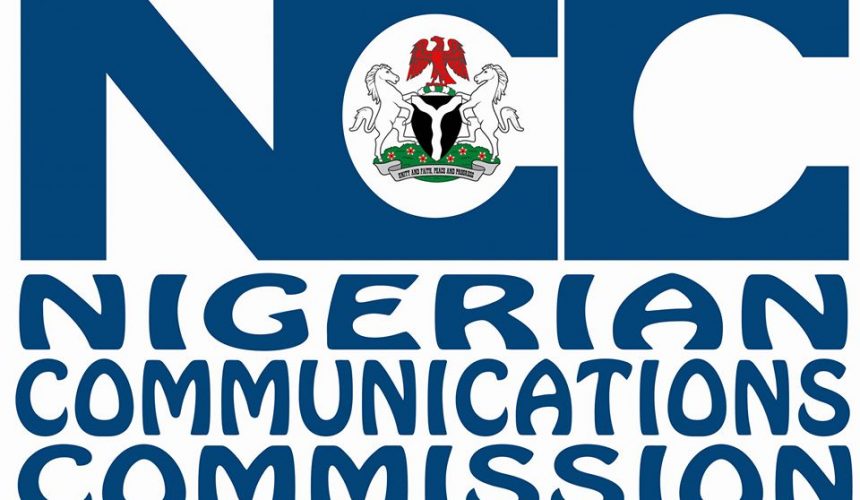As a beer giant with thriving brands around the world, Anheuser-Busch InBev (AB InBev) is unarguably the foremost global market leader. However, the Asian business that AB InBev NV separated recently with the promise of tapping into China’s growth is now weighing on performance of the world’s largest brewer.
The beer behemoth’s shares fell as much as 11% in European trading, lopping off more than $20 billion of market value, after profit growth stumbled in the third quarter. The company cited a drop in beer shipments in China, the U.S. and Brazil and said it expected “moderate” full-year earnings gains, down from “strong” previously.
Ambev SA, the brewer’s unit for Central and South America, the Caribbean and Canada, fell as much as 7% in Sao Paulo trading, the largest intraday drop in a year, after reporting sales below analyst estimates.
The results paint a souring picture of Asian consumer confidence and could signal bigger trouble ahead after China’s economy slowed to the weakest pace since the 1990s. Chief Executive Officer Carlos Brito has reported earnings below analysts’ estimates in four of the past eight quarters. Last year he cut the brewer’s dividend payout in half amid sluggish progress in debt reduction following the acquisition of SABMiller in 2016.
AB InBev’s report underlines a recent pattern, with Chinese demand weakening for drinks like Pernod Ricard SA’s Cognac and mass-market consumer items from Nestle SA and Unilever, while fashion giants Hermes International, LVMH and Kering are still enjoying strong growth in the world’s key luxury market.
The brewer’s earnings were flat on an adjusted basis, missing analysts’ estimates for 3% growth.
“We had anticipated that this quarter would be a tough quarter, but I think people are reacting to the fact that there were additional things,” Brito said by phone, referring to especially weak performance in Brazil and South Korea.
In China, new restrictions curbing the sale of alcoholic drinks after 2 a.m. have weighed on the industry. AB InBev’s earnings growth in that market slowed to 11% from 24% in the second quarter. Last month, the company raised $5.8 billion selling a stake in its Asian business, Budweiser Brewing Company APAC Ltd.
AB InBev said prospects in China remain good because its highest-priced beers, which include Corona, had shipment growth exceeding 10%. AB InBev dominates that segment of the country’s market, which generates far higher earnings than low-end labels.
Top Brands
AB InBev has also started selling new products such as non-alcoholic Harbin 0.0 and Harbin Crystal Ice in an effort to reinvigorate local brands. In 2017, it acquired Boxing Cat, a craft brewer based in Shanghai.
“Our China business remains intact,” Chief Financial Officer Felipe Dutra said on a call with reporters. “Growth is there.”
AB InBev Asian Volume Collapse a Concern If M&A a Goal: React
Last year, Heineken NV bought a $3.1 billion stake in the parent of China Resources Beer Holdings Co., the maker of the country’s best-selling Snow brand. Carlsberg A/S has also been performing well in China, where its revenue rose 19% in the first half even as the overall market shrank.
In the U.S., the emergence of hard seltzers is eroding consumption of beer, so the company is expanding in that segment with brands such as Bon & Viv and an upcoming Bud Light Seltzer.
Other factors that hit the brewer in the quarter were higher raw-material costs, the timing of shipments, adverse currency swings and volume declines in South Korea and Brazil. The brewer reversed price increases in the Asian country after they drove consumers away. Earnings in Brazil dropped 17%.
More Challenges
AB InBev said that the second half of 2019 poses more challenging comparisons. Last year, most marketing spending occurred in the first half, linked to the World Cup soccer games, while this year it’s more spread out.
The shares trade at a significant discount to those of leading consumer-goods companies such as Procter & Gamble Co., Coca-Cola Co. and Diageo Plc, and the third-quarter results illustrate why, Evercore ISI analyst Robert Ottenstein said in a note.
While there are bright spots in the report, “there are not enough to offset headwinds in Brazil, the U.S. and possibly continuing in China,” he said.
Source: Bloomberg






Comment
No comments found.